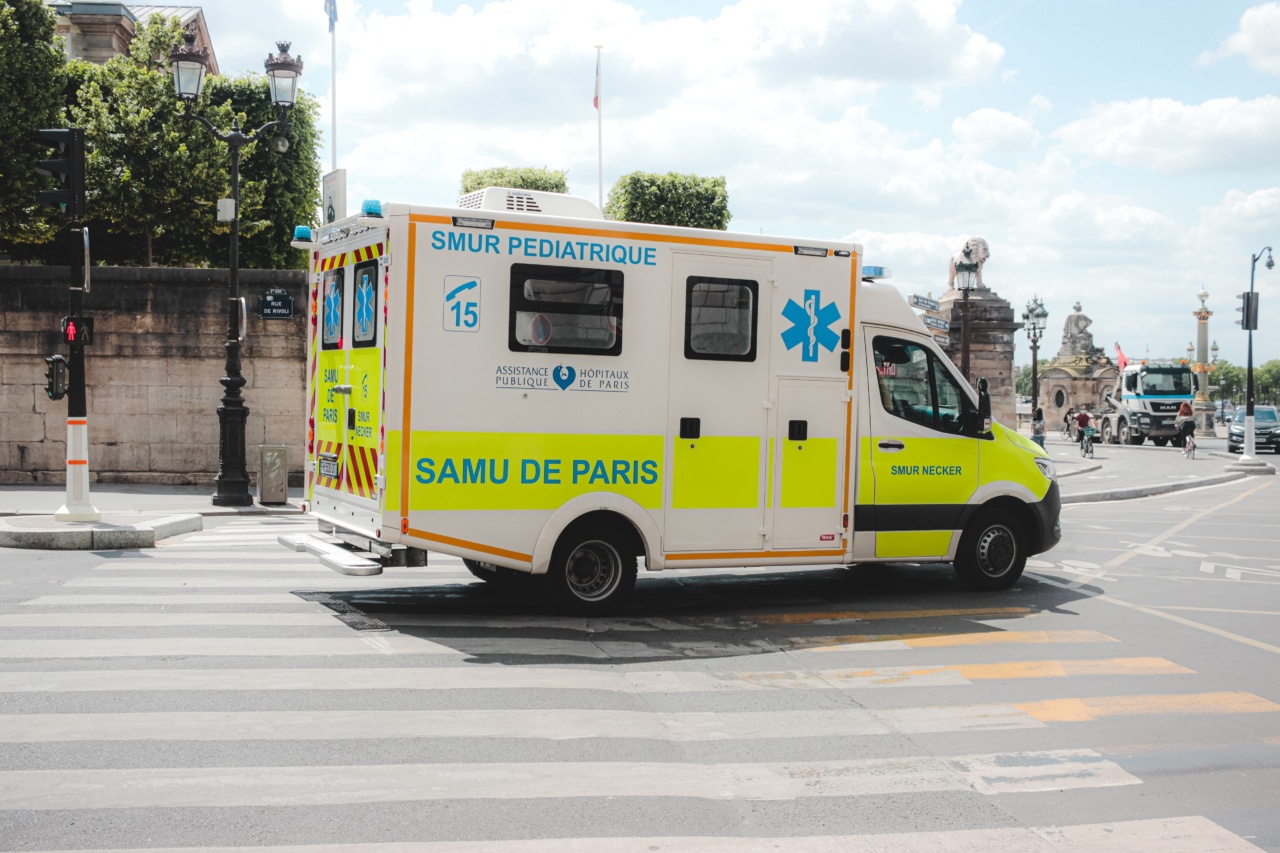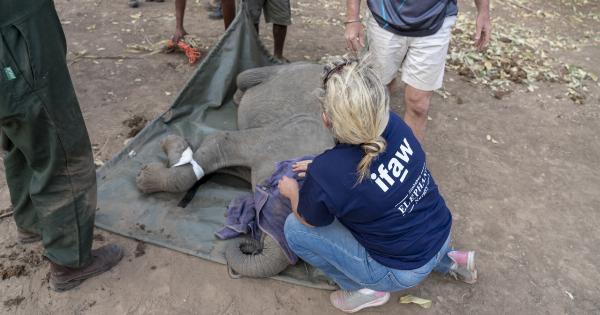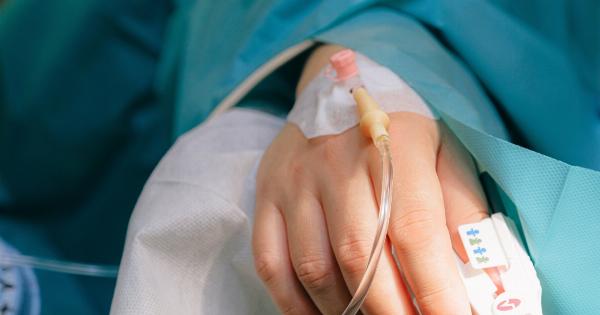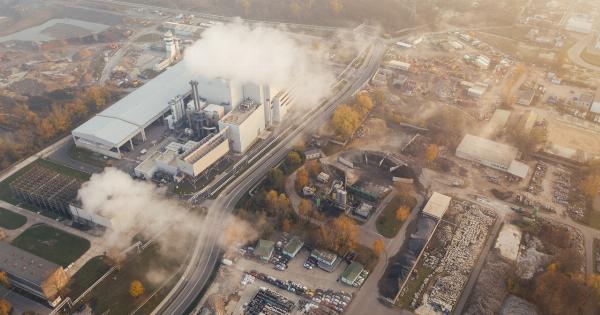When faced with a medical emergency, time is of the essence.
Whether it is a sudden illness, a severe injury, or any other life-threatening situation, receiving immediate medical attention can be crucial for saving lives and preventing further complications. This is where emergency medical services (EMS) play a vital role. EMS refers to the system in place to provide emergency medical care outside of a hospital or medical facility.
It involves a network of trained professionals, specialized equipment, and efficient communication channels to ensure quick response and timely assistance.
The Role of Emergency Medical Service Providers
Emergency medical service providers, commonly known as paramedics or emergency medical technicians (EMTs), are the frontline responders in medical emergencies.
They are trained to assess the situation, stabilize patients, provide on-site treatment, and transport patients to the nearest appropriate medical facility if necessary. These highly skilled individuals are equipped with the knowledge and skills needed to handle a wide range of emergencies, including cardiac emergencies, trauma cases, respiratory distress, and much more.
When to Call Emergency Medical Services
Recognizing when to call emergency medical services is crucial for getting help fast. Here are some common scenarios where immediate medical assistance is required:.
- Sudden, severe injuries: This can include injuries from accidents, falls, or any other trauma that causes severe pain or substantial bleeding.
- Chest pain: Chest pain can be an indicator of a heart attack or another serious cardiac condition, and should never be ignored.
- Difficulty breathing: Struggling to breathe or experiencing a sudden shortness of breath can be a sign of a respiratory emergency.
- Unconsciousness: If someone becomes unconscious and unresponsive, EMS should be called immediately.
- Seizures: Seizures lasting more than five minutes or recurring seizures without regaining consciousness require immediate medical attention.
- Suspected stroke: The acronym FAST—Facial drooping, Arm weakness, Speech difficulties, Time to call emergency services—can help identify potential stroke symptoms that require urgent care.
- Serious allergic reactions: Severe allergic reactions, especially those involving difficulty breathing or swelling of the face and throat, require immediate medical attention.
Steps to Get Help Fast
During a medical emergency, it is essential to act quickly and efficiently to ensure the fastest possible response from emergency medical services. Here are some steps to follow:.
- Assess the situation: Take a moment to assess the situation and determine the severity of the emergency. This will help you convey accurate information when contacting emergency services.
- Call emergency medical services: Dial your local emergency number, such as 911 in the United States, to connect with emergency dispatchers.
- Provide necessary information: Clearly communicate the nature of the emergency, the number of individuals involved, and any specific details that can assist the responders in understanding the situation better.
- Follow dispatcher instructions: Listen carefully to the instructions provided by the emergency dispatcher. They are trained to guide you on immediate actions to take before the arrival of EMS.
- Perform first aid if trained: If you have received proper first aid training, perform necessary procedures to stabilize the patient. However, avoid attempting any procedures beyond your level of training.
- Ensure a clear path: Clear the area of any obstructions that could impede the arrival and work of emergency responders.
- Stay on the line: Stay connected with emergency services until help arrives. They may require additional information or provide further instructions.
- Cooperate and assist: Once EMS arrives, provide them with all relevant information and cooperate fully. If possible, have someone available who can guide them to the location of the emergency.
The Importance of Public Awareness and Education
Public awareness and education regarding emergency medical services are key to ensuring efficient and effective emergency response.
Understanding the proper utilization of EMS can reduce unnecessary emergency department visits and save valuable time for genuine emergencies. It is crucial to educate oneself and the community about when to call emergency services, how to perform basic life support techniques, and the importance of staying calm during emergencies.
Improvements in Emergency Medical Services
Over the years, emergency medical services have undergone significant advancements, leading to faster response times and improved patient outcomes. Some of these improvements include:.
- Enhanced dispatch systems: The use of sophisticated dispatch systems allows emergency calls to be received, prioritized, and assigned to the nearest available EMS units more efficiently.
- Mobile technology integration: Mobile devices and applications enable responders to access essential medical information, communicate with medical professionals, and provide real-time updates while in the field.
- Use of automated external defibrillators (AEDs): AEDs are portable devices that deliver an electric shock to the heart in certain cardiac emergencies. Their widespread availability and use in public spaces have significantly increased survival rates.
- Air medical services: Utilizing helicopters and airplanes for emergency medical transport has proven beneficial in remote areas and situations where time is of the essence.
- Community-based initiatives: Community-based initiatives, such as basic life support training programs and public access defibrillation programs, have empowered bystanders to intervene in emergencies before professional help arrives.
Conclusion
Emergency medical services are the lifeline for individuals experiencing medical emergencies. By knowing when to call for help and following the necessary steps, you can ensure a rapid response and increase the chances of a positive outcome.
Stay informed, spread awareness, and encourage others to familiarize themselves with emergency medical services. Remember, being prepared can save lives.






























